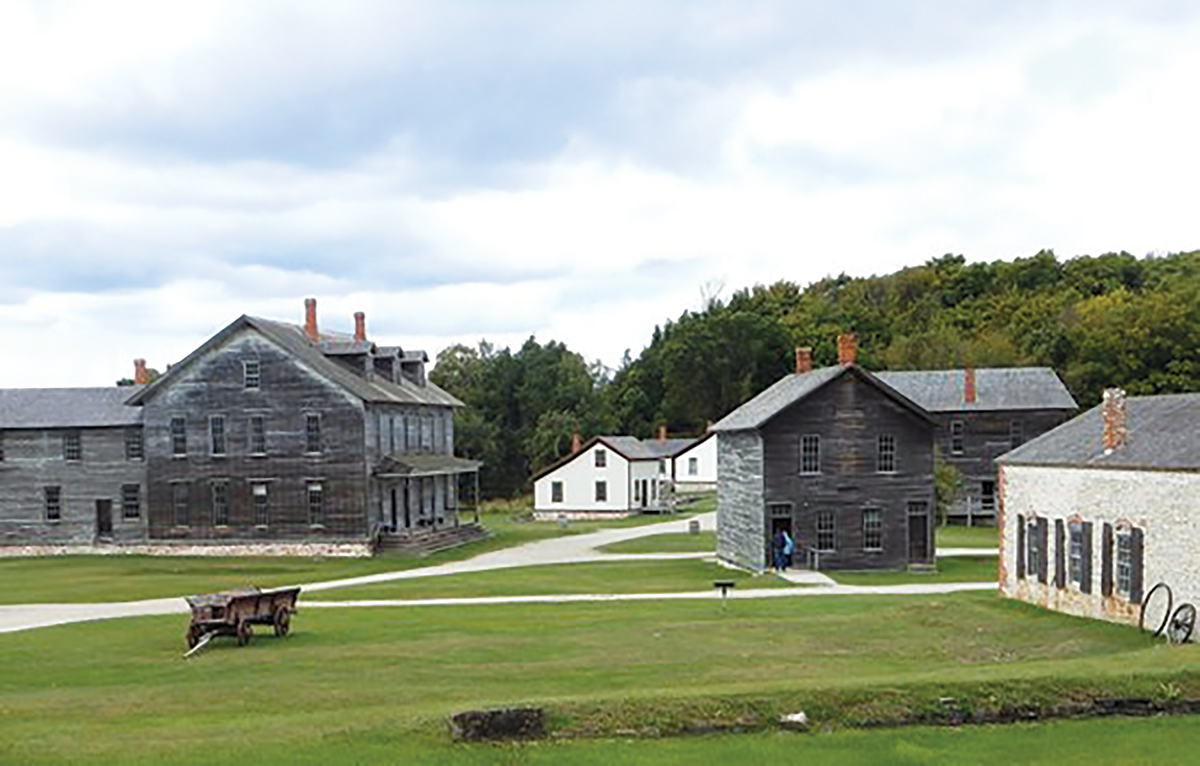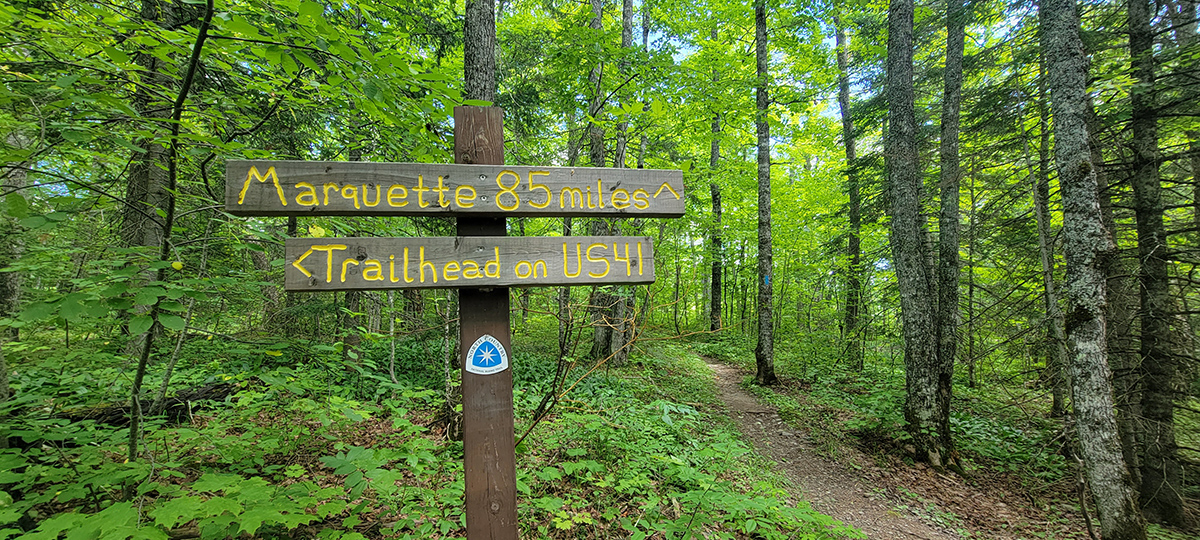WRITER | CANDIE CONAT
Michigan ghost towns sit in almost every nook and cranny of our state. Locales such as Rattle Run, Quinn, Rawsonville, Singapore, Fayette, Nonesuch, Shelldrake, Old Victoria, and Central are found from the southeast part of the state to the far reaches of the Keweenaw Peninsula. Although there is no official list that is a complete resource, these towns and many more are identified as towns that once were, not because they are haunted, but because they have been abandoned and lost.
The common link among Michigan ghost towns is that most were founded to support the lumber, iron ore, and copper industries. Some towns faltered when the railroad didn’t come through, others because of harsh weather conditions. Their histories are an interesting reminder of the difficulties residents faced with the limited resources of the times.
One such ghost town is Singapore, which was located near Saugatuck and situated along the shoreline where the Kalamazoo River empties into Lake Michigan. Founded in 1836, it began as the dream of a New York investor who wanted to create a port that would rival Chicago and Milwaukee. That dream might have been realized if not for a bank scandal, a 40-day blizzard (which residents survived only because of the food stores from a ship that became stranded in the harbor), several changes in ownership, and, ultimately, the great fires of 1871.
There was a great need for lumber after multiple fires devastated towns in Michigan, Wisconsin, and Illinois that year. Singapore had plenty, and its surrounding wilderness was quickly ravaged of its thick forests in order to rebuild many shattered towns. Left with no trees for protection from the winds of Lake Michigan, the dunes began to cover Singapore, and in four short years, the town was completely buried. Local legend says there was one lone resident who refused to leave even as his home was disappearing beneath the sand. Eventually, he had to enter and exit the home from a second story window but finally gave up and left when the sand reached his roof. The sands continue to shift to this day, and now and then the roof of a home or building will become exposed, resurrecting the story of the town of Singapore.
Originally founded as Snow’s Landing in 1823, the village of Rawsonville was a thriving community for about 60 years. Unfortunately, town leaders were unable to attract the railroads, and the businesses floundered. With the 1925 construction of the Huron River dam, the remaining businesses and homes were covered by the waters of Belleville Lake.
On the Garden Peninsula of the UP sits the ghost town of Fayette, located in Fayette Historic State Park. Fayette was founded and built by the Jackson Iron Company and named after the company agent who chose the location, Fayette Brown. The company sought a location with a deep, natural harbor that was near the mine where they were extracting iron ore. The idea was to smelt the ore into pig iron, thereby removing large amounts of waste product before transporting it to the lower Great Lakes steel-making centers. The process worked and saved the company considerable amounts of money.
At one point, Fayette had over 500 residents and businesses that included a hotel, a company store, a mess hall, a machine shop, housing, and an opera house with a grand dance floor. But the town survived only 24 short years. With the decline of the pig iron market, the Jackson Iron Company decided to close up shop in 1891. Thankfully, a dedicated group of individuals has worked tirelessly to restore Fayette and make it a wonderful place for all to visit and experience a piece of history. The massive blast furnaces, charcoal kilns, and large shipping dock remain and are truly a sight to behold. With the many restored buildings and well-maintained walking paths around the area, it’s interesting to think about the lives of the workers and families who lived there.
The stories of Michigan’s lost towns are interesting and varied, and well worth exploring.








